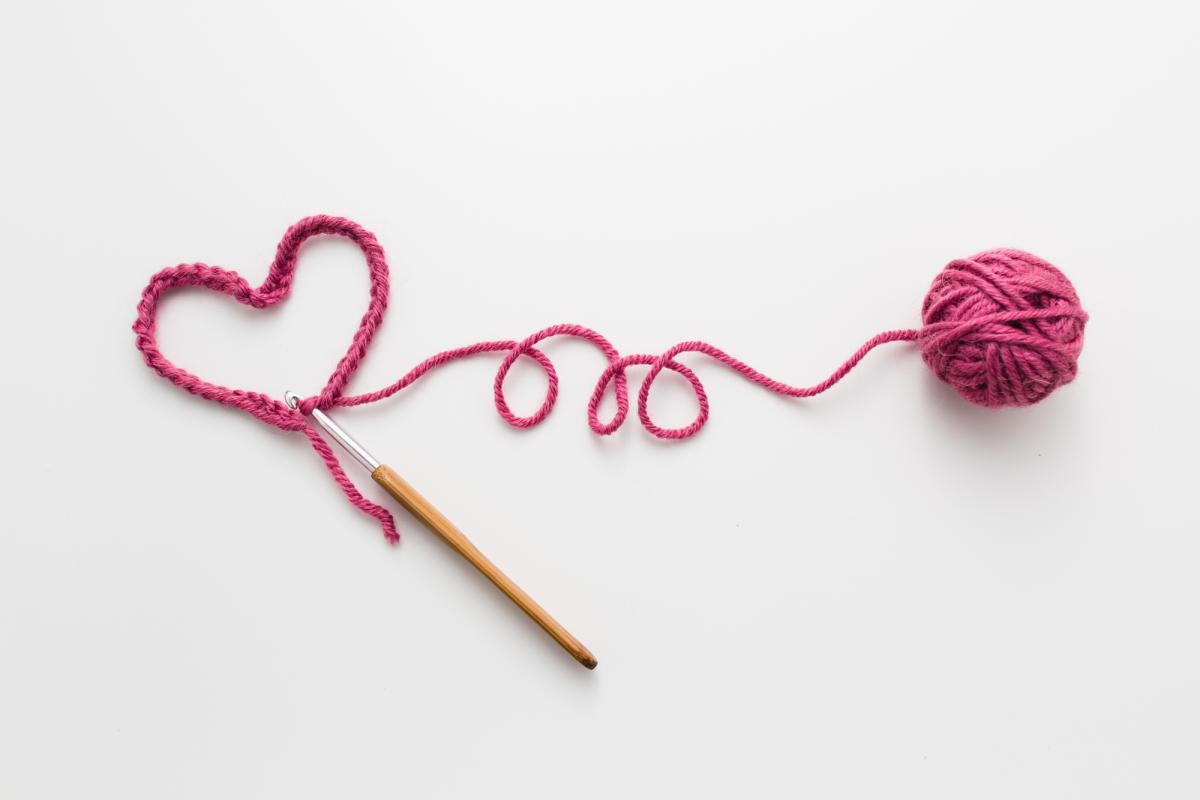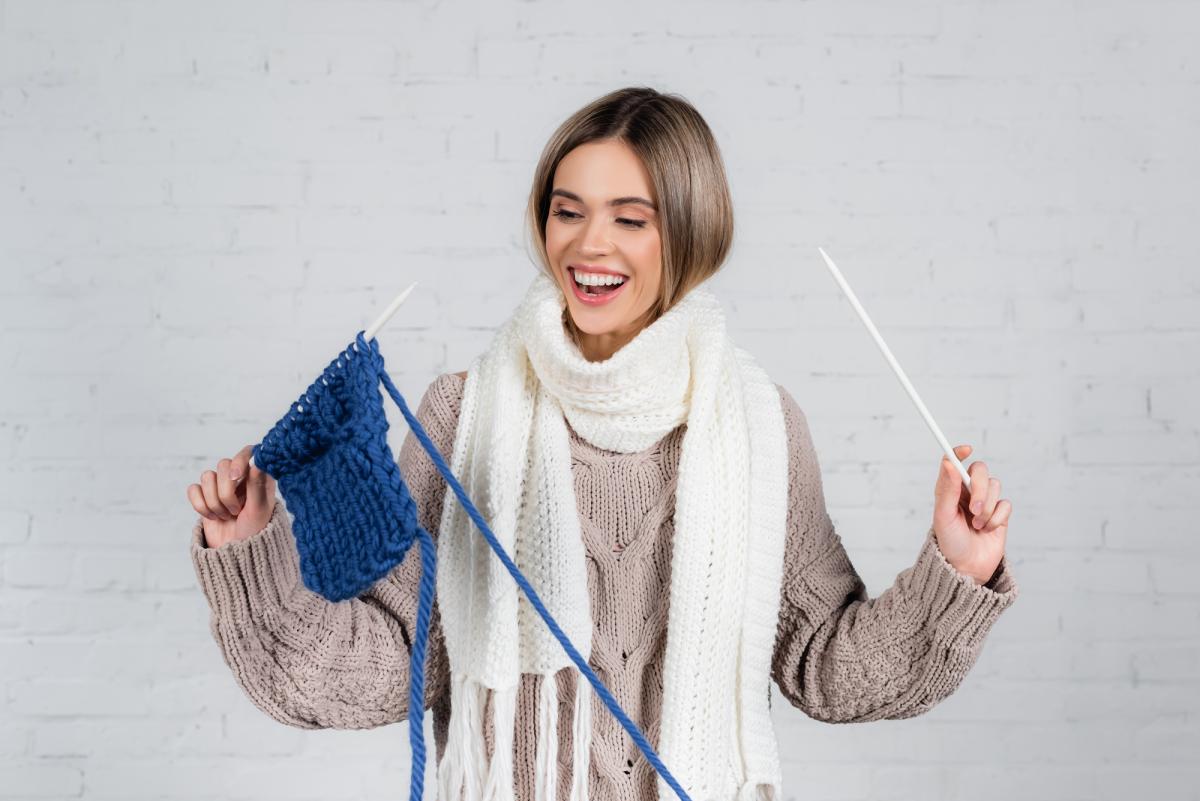knitting and crochet, in the vast world of craft skills, combine creativity, manual dexterity and relaxation like few activities.
For many, these art forms not only offer a creative outlet, but they also provide a sense of accomplishment as you see a simple thread turn into a charming piece of clothing or decoration..
This beginner's guide aims to provide a comprehensive introduction to knitting and crochet, from basic fundamentals to starter projects and helpful tips to hone your skills. Check!
Table of Contents
- 1. The World of Knittingô and Crochê
- 2. Preparaçãor to eatçWith
- 3. Fundamentals BáTric sicosô and Crochê
- 4. Initial Projects to Practice Knittingô and Crochê
- 5. Tips and Tricks for Beginners
- 6. Additional Resources and Community
- Inspireçãthe, Creativity and Satisfactionçãthe: The Closing of Tric's Journeyô and Crochê
1. The World of Knitting and Crochet
Knitting and crochet are forms of handicrafts which involve creating fabrics using threads and needles or hooks.
These techniques have deep roots in the history of humanity, dating back thousands of years.
In knitting, two needles are used to intertwine the threads and create fabrics, while in crochet, a single hook is used to create stitches in loops.
The history of knitting and crochet is rich and varied, reflecting the cultures and traditions of different parts of the world.
However, Both have been practiced for centuries in various forms around the globe. In the past, knitting was often associated with the production of clothing and accessories to protect against the cold, while crochet was more commonly used to create decorative pieces and accessories.
In addition to its historical importance, learning to knit and crochet offers a range of practical and therapeutic benefits.
These activities can help improve concentration, reduce stress and provide a sense of accomplishment when creating something new.
In addition, knitting and crochet offer a unique way to express creativity and produce unique, personalized pieces.
2. Preparing to Get Started
Before diving head first into the world of knitting and crochet, It's important to prepare your workspace and purchase the right materials.
Here are some essential steps to get started:
2.1. Materials needed for knitting and crochet:
Needles or hooks: Choose the appropriate size for the project you want to do.
Fio: Choose quality yarns that match the project standard.
Scissors: A good pair of scissors is essential for cutting the thread..
Point markers: They help keep track of points in more complex projects.
tapestry needle: Used for sewing pieces together and weaving loose ends.
2.2. Choosing the right yarn: types and characteristics:
There: Ideal for winter projects due to its thermal insulation capacity.
Cotton: Perfect for lightweight, breathable pieces, great for warmer climates.
Acrylic: Economical and easy to care for, great for beginners.
Yarn blends: Offer a variety of textures and characteristics, allowing for a wider range of projects.
2.3. Selection of needles and hooks: sizes and materials:
Size: Choose needle or hook size according to yarn thickness and project pattern.
Material: Metal needles glide easily through threads, while wooden needles offer a more comfortable grip.
Cable Size: Needles with longer handles are ideal for larger projects, while short cables work well for smaller projects.
With the right materials on hand, you will be ready to start your journey into the world of knitting and crochet!
3. Basic Fundamentals of Knitting and Crochet
Mastering the basic fundamentals is essential for anyone starting out in the world of knitting and crochet..
Here are the essential points you need to know:
3.1. Basic knitting stitches:
knitting stitch: The most basic of all, it just involves inserting the needle into a stitch and passing the yarn over it.
Stocking stitch: Similar to knit stitch, but the thread is passed under the needle.
slash point: Alternating between knit stitch and stockinette stitch, creating a striped texture.
Knitting stitch videos, stocking stitch and slash stitch from the YouTube channel of Pris Lopes.
3.2. Basic crochet stitches:
Chain: Basis for most crochet projects, formed by a series of loops.
Low point: The simplest, involves inserting the needle into a stitch and passing the thread over it.
Hight point: Higher than the low, creating a looser, airier texture.
Chain videos, low point and high point of the YouTube channel Drikka Mota DIY and Crochet.
3.3. Differences between knitting and crochet:
Tools: Knitting uses two needles, while crochet uses only one needle or hook.
Techniques: Knitting involves forming stitches with crossed stitches, while crochet uses loops and loose stitches.
Textures: Knitting tends to create more elastic and dense fabrics, while crochet produces more structured and detailed pieces.
Understanding these basic fundamentals will open up a world of creative possibilities in knitting and crochet.

4. Initial Projects to Practice Knitting and Crochet
As you begin your journey into the world of knitting and crochet, It's important to start with simple projects to gain confidence and skill.
Here are some suggested starter projects that are perfect for practice.:
4.1. Project 1: Simple knitting scarf
Description: A scarf is a classic knitting project that's perfect for beginners..
Steps: Start with a specific number of stitches and work in knit stitches until you reach the desired length..
Tips: Use a soft, thick fleece for a fluffy, warm scarf. Try adding fringes for an extra touch of style.
4.2. Project 2: Crochet doily for beginners
Description: A crochet doily is a quick and easy project that can be used to clean or decorate..
Sign up to receive Craft News first!
Steps: Start with a base chain and work in single crochets or double crochets to form a square or rectangle.
Tips: Use cotton thread to make a durable, absorbent cloth.. Try Simple Patterns, like the shell stitch, to add texture.
4.3. Other easy project suggestions
crochet coasters: Small and quick to make, They are great for practicing different points.
Knitting pillows: Choose a simple pattern and experiment with different colors and textures.
Point markers: Small projects that can be used in your future knitting and crochet creations.
With these initial projects, you'll be on your way to honing your skills and creating beautiful handcrafted pieces.
5. Tips and Tricks for Beginners
Mastering knitting and crochet requires practice and patience, but some tips and tricks can help beginners feel more confident and progress faster:
5.1. Maintaining the correct tension
Importance of tension: Maintaining even tension on the threads is essential to ensure your stitches are consistent..
Practice with different threads: Experiment with different types of yarn to find the tension that works best for you..
Tips for maintaining tension: Hold the wire comfortably, without tightening too much, and practice regularly to improve your technique.
5.2. How to fix common errors
Identifying errors: Learn to recognize common mistakes, such as loose or tight stitches, and how did you correct them.
Using point markers: Use time markers to track your progress and quickly identify any issues.
Solution search: Look for online tutorials and videos that show you how to fix specific errors you find in your projects.
5.3. Practicing regularly to improve
Importance of practice: Dedicate time regularly to practice knitting and crochet to improve your skills.
Start with simple projects: Start with simple projects and progressively challenge yourself with more complex projects as your skill increases.
Get involved in communities: Join local or online knitting and crochet groups for support, inspiration and share your projects with other enthusiasts.
By following these tips and tricks, Beginners can avoid common frustrations and progress on their knitting and crochet learning journey.
6. Additional Resources and Community
When embarking on the knitting and crochet journey, It is essential to have access to additional resources and communities that can offer support and inspiration.
Here are some suggestions:
6.1. Recommended books and online tutorials
Reference books: Look for comprehensive books that cover techniques, patterns and projects for knitting and crochet.
Online tutorials: Explore platforms like YouTube and specialized blogs that offer step-by-step tutorials and helpful tips.
6.2. Participating in knitting and crochet groups and communities
Local groups: Look for knitting and crochet groups in your local community, where you can meet in person with other enthusiasts.
Online communities: Join forums and social media groups dedicated to knitting and crochet to share ideas, get advice and showcase your projects.
6.3. Websites and stores to buy materials and inspiration
Craft stores: Visit local or online craft stores to buy a variety of yarn, needles, hooks and accessories.
Inspiration sites: Explore design and craft websites for pattern inspiration, colors and styles for your knitting and crochet projects.
By taking advantage of these additional resources and engaging with the knitting and crochet community, you will be well equipped to hone your skills and create beautiful handcrafted pieces.
Inspiration, Creativity and Satisfaction: The Closing of the Knitting and Crochet Journey
When you reach the end of this comprehensive guide to knitting and crochet, I hope I have provided a solid foundation for those who wish to begin their journey into these fascinating crafts.
It is important to highlight who, Although learning to knit and crochet may seem challenging at first, constant practice and patience are key to progress.
Every point that you have mastered and each project you complete represents a step toward mastery of these creative skills.
So, don't be afraid to start, experiment with different patterns and techniques, and remember that every piece you create is unique and special.
Go straight on with confidence, and may your journey in the world of knitting and crochet be full of inspiration, creativity and satisfaction.

